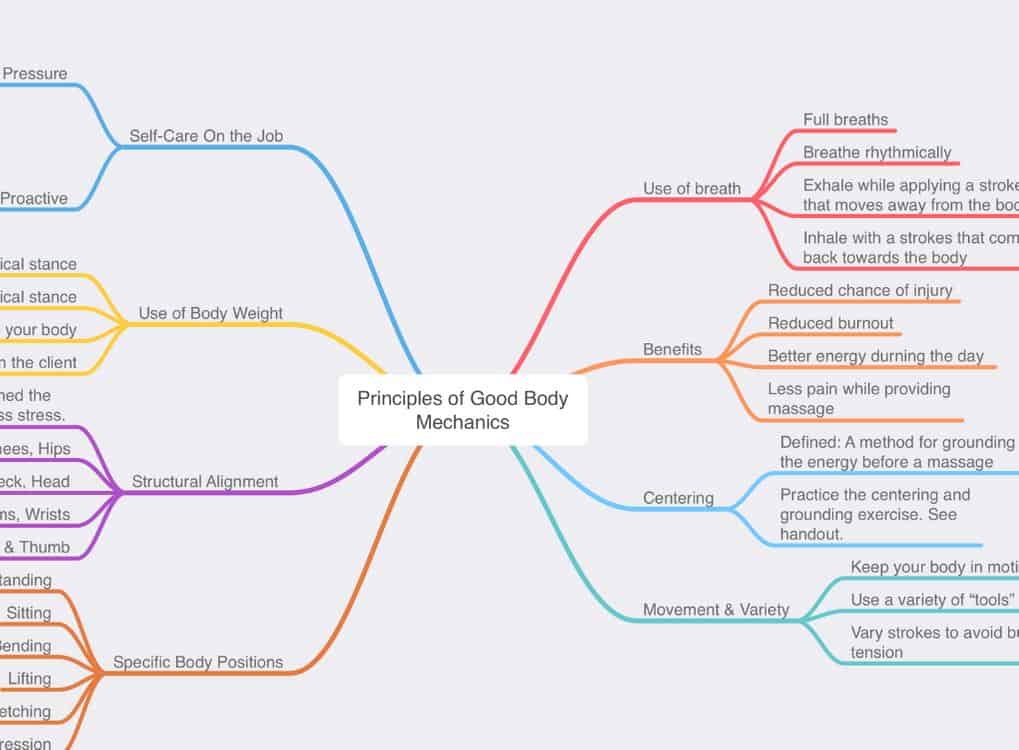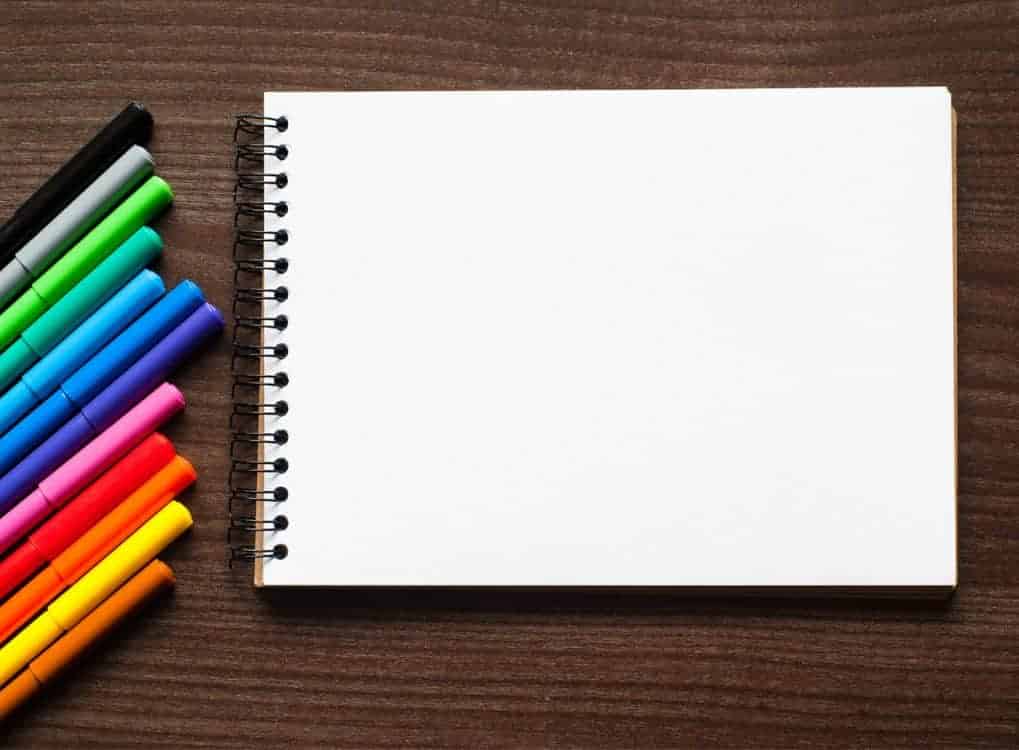A mind map is a diagram that allows you to visualize concepts and their relationships. Usually, the mind map begins with a main subject, theme, question, or issue forming the central point of the diagram. Topics with primary associations branch off from the central Idea. Subtopics branch off from the topics. Lines might be drawn between topics and subtopics with labels to show their connection to one another. You’ll add doodles, icons, symbols, and pictures to highlight important information.
Use mind mapping to take notes, brainstorm ideas, solve problems, study content, outline an essay, and more. Research shows mind mapping improves concept understanding, promotes concept connections, improves concept memorization, and employs creativity for learning.

WHAT IS A MIND MAP? A mind map is a diagram that allows you to visualize concepts and their relationships. You can mind map using a computer program, or you can create hand-drawn maps.
#1 Mind Maps Improve Concept Understanding
When surveyed, people who mind map believe that the process of creating a mind map improves their ability to understand complex issues (67%), distill information to reach clarity faster (92%), and share their ideas with greater clarity and impact (83%).1
To create a mind map, you must break a topic down into its components. As you learn new information about the subject, you add it to the map in the appropriate place, helping you organize the topic effectively leading to improved comprehension.
#2 Mind Maps Promote Concept Connections
Content outlines and lecture notes get long and often cover multiple pages. The information at the top of the list tends to get more attention than the information at the bottom of the list. It isn’t easy to see the connections between the items on the list. Mind maps forgo this sort of hierarchy, so it is easy to see the connections between ideas.
One of the primary ways to deepen our understanding of any subject or topic is by connecting information that we already know to new information. This is one of the reasons why mind mapping works as a note-taking tool. Perhaps you read about a subject and mind map the data. Then you add to your mind map while you sit in class and listen to the instructor’s presentation or participate in a class discussion. Now, you add to your mind map in real-time with progressive, involved thinking.
#3 Mind Maps Improve Information Recall
Mind maps transform otherwise monotonous information into vivid visual representations of content, making the material easier to remember. That’s why it’s a good idea to use colors, line drawing, and doodles when creating a mind map. The brain responds more readily to images than text, so adding small pictures or symbols enhances memory.
Many students feel compelled to reorganize their mind maps after a first draft to improve the structure and add symbols and images. Reorganizing notes is a great study process because it provides opportunities to review key terms and recall the connections and relationships between ideas.
#4 Mind Maps Employ Creativity for Learning
If you’re a creative, artistic type, then mind mapping will appeal to your imaginative spirit. Now, that anatomy lecture is an opportunity to create a mind map masterpiece. You’re crafting a piece of art, and you’re learning at the same time. Learning is more fun.
If you mind map, you’ll learn by sharing your map with classmates and looking at their maps to understand how they view the content. Break into groups of three. Examine how each of you captured the information. Compare and contrast your choices. Talk about why you connected certain pieces of information the way you did and the symbols you used to highlight important ideas.

TRY IT! Start with the main idea, “Principles of Good Body Mechanics,” in the center. Create a branch out from the main idea and label it “benefits.” Draw a line out from benefits and list a benefit, and so on. There is no wrong way to mind map.
Start Mind Mapping
Mind mapping is fluid. There is no wrong way to mind map. Let’s imagine that you are mind mapping an instructor lecture on the principles of good body mechanics. Write the title “Principles of Good Body Mechanics” in the center of a blank piece of paper. Your teacher begins with a discussion of the benefits of good body mechanics. Extend a line out from the title and label it with the word “Benefits.” List the benefits under this line. Next, the teacher talks about centering your energy. Draw a line out from the title and label the line “Centering.” List items related to centering near this label, and so forth. As you continue to mind map, you’ll branch out (pun intended) and develop your own style.
While hand-drawn mind maps may appeal to the artistically-minded, mind mapping computer programs are available, many with free or app versions. Try one of these:
- Coggle (coggle.it)
- Mindly (mindlyapp.com)
- MindMeister (mindmeister.com)
- SmartDraw (smartdraw.com)

ALL YOUR NOTES IN ONE PLACE: Purchase a sketchbook and colored pens. Use the sketchbook to capture all of your mind maps from school. Now, your notes are in one place when it is time to study for a quiz.
A Dedicated Mind Map Sketch Book
Try these fun and helpful study methods. Purchase a sketchbook and use it to capture all your mind map notes. Each page is a different topic. When it comes time to study for a quiz, you have all your topic notes together in one organized spot. I hope you start mind mapping and use it to enhance your learning experience.
- Frey, C. Mind Mapping Software Trends Survey (2017). Available at https://mindmappingsoftwareblog.com/wp-content/reports/2017_MMS_Trends_Survey_Report.pdf. Viewed April, 2021.
- Buzan, T. Mind Map Mastery: The Complete Guide to Using the Most Powerful Thinking Tool in the Universe. Watkins Publishing, 2018.
- Miles, C. Mind Mapping: The Comprehensive Beginners Guide to Learn Simple and Effective Methods in Mind Mapping. Available from Amazon, 2018.
- Press, S.O., Mind Mapping Notebook: Templates for Improved Memory and Effective Note Taking. Available from Amazon, 2020.


